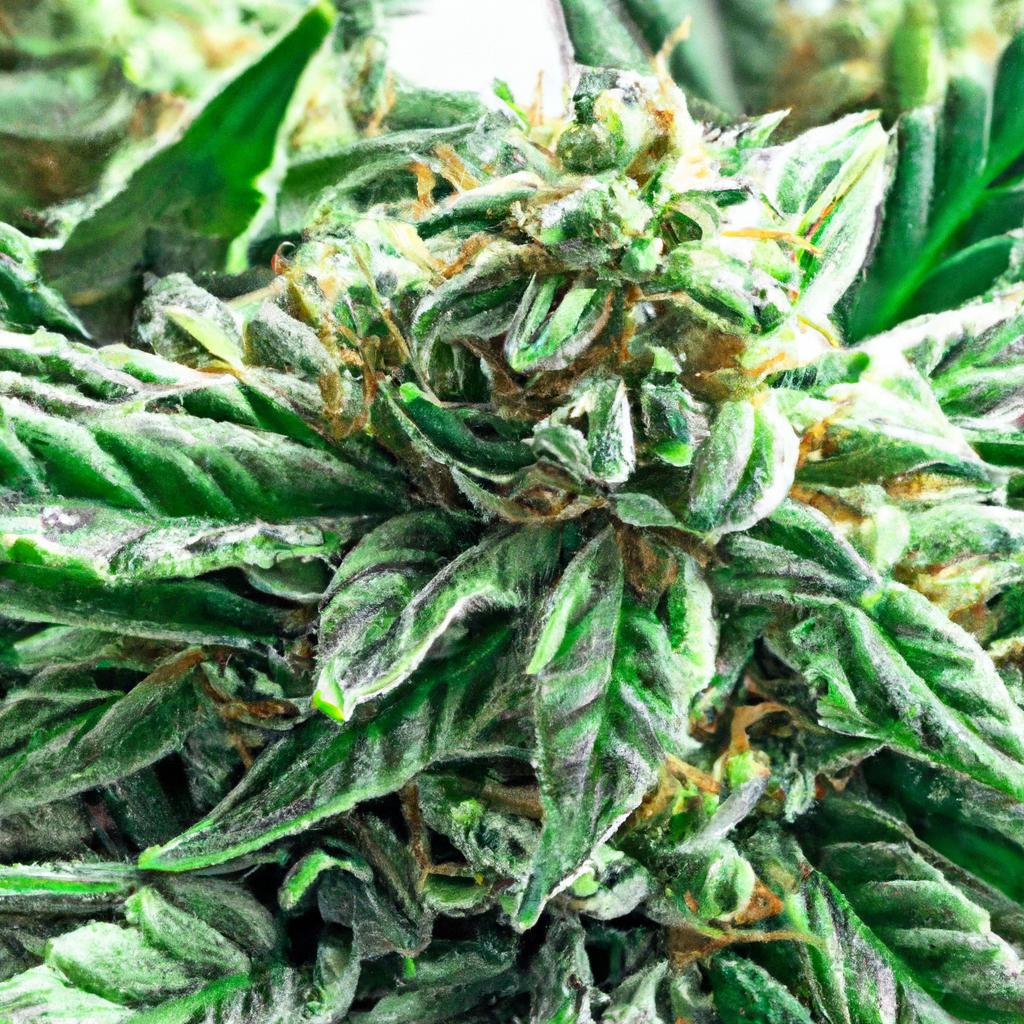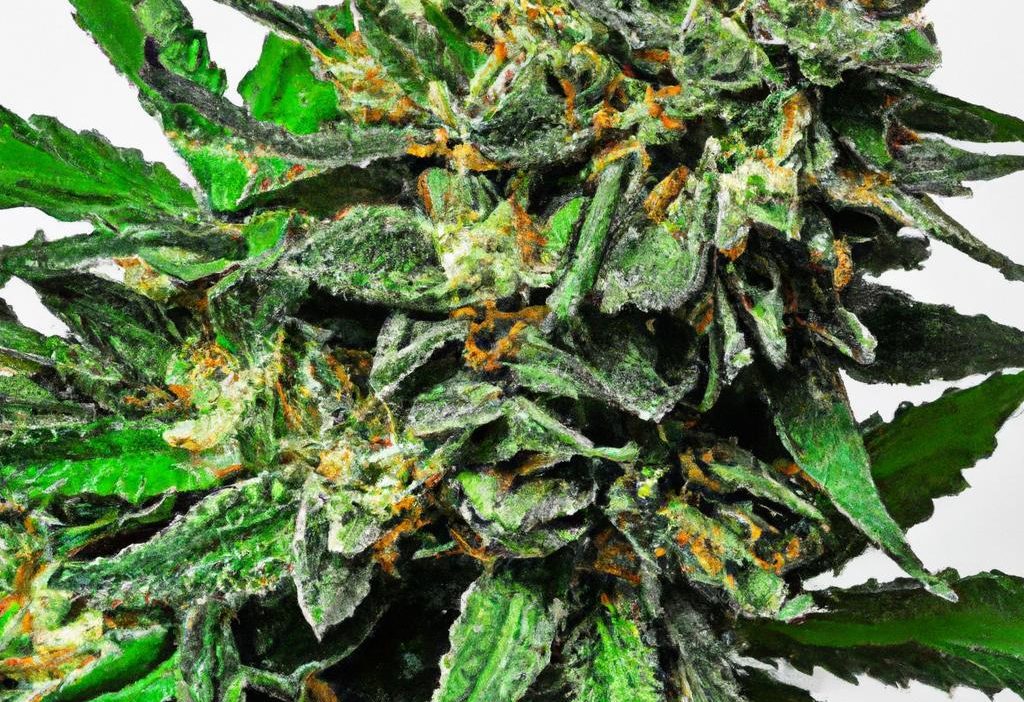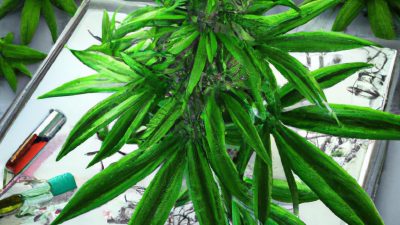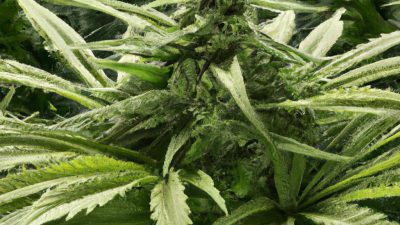
Comparing CO₂ and R134a: What’s Better for Yield?
When it comes to cannabis extraction technology, selecting the right solvent is crucial for optimizing yield, preserving cannabinoid and terpene profiles, and ensuring product safety. Two of the most popular extraction methods in cannabis processing equipment today are CO₂ extraction and R134a extraction.But which one offers the best yield? In this article, we’ll deep dive into the science of cannabis extraction, compare CO₂ and R134a extraction processes, and discuss practical benefits and tips to help cultivators and processors make the best decision for their specific goals.
The Role of Extraction in Cannabis Processing
Extraction is a pivotal post-processing step in the cannabis industry. It concentrates cannabinoids such as THC and CBD, along with aromatic terpenes, key to creating oils, concentrates, and vape products that meet consumer demands. The choice of solvent impacts:
- Extraction efficiency and yield
- Preservation of essential compounds
- Production speed and scalability
- Safety and environmental sustainability
Understanding these factors in the context of CO₂ and R134a extraction is essential when optimizing cannabis yields.
CO₂ Extraction: A cannabis Industry Staple
Supercritical CO₂ extraction has become the go-to method for many cannabis processors due to its versatility and clean profile. CO₂ at high pressure and temperature enters a supercritical phase, exhibiting both gas and liquid properties. This allows it to dissolve cannabinoids and terpenes efficiently while leaving behind chlorophyll and waxes.
Key benefits of CO₂ extraction in cannabis processing:
- purity: Leaves minimal solvent residues, producing clean extracts.
- Adjustability: Operators can fine-tune pressure and temperature to selectively extract specific compounds.
- Green technology: CO₂ is non-toxic, non-flammable, and environmentally amiable.
- Scalability: Equipment ranges from small lab setups to large commercial machines.
R134a Extraction: The Choice Refrigerant Solvent
R134a (tetrafluoroethane) is a hydrofluorocarbon commonly used as a refrigerant but has gained attention as an alternative solvent for cannabis extraction, notably subcritical extraction. Unlike CO₂,it’s a liquid at room temperature under pressure,creating different extraction dynamics.
Advantages of R134a extraction include:
- Low extraction temperature: Protects delicate terpenes and cannabinoids.
- High solvency: Can yield higher extraction rates for certain compounds.
- Ease of use: Equipment may require less energy to maintain required conditions.
Comparing Yield: CO₂ vs. R134a in Cannabis Extraction
yield is often a primary concern for commercial cannabis processors. Let’s break down how CO₂ and R134a stack up against each other on this essential metric.
| Factor | CO₂ Extraction | R134a Extraction |
|---|---|---|
| Typical Yield (%) | 10-20% | 15-25% |
| Terpene Preservation | Good (can be tuned) | Excellent (due to low temps) |
| Extraction Time | 30-90 minutes | 20-60 minutes |
| Solvent Residue Risks | Minimal, FDA-approved CO₂ | More frequent purging required |
| Environmental Impact | Low | Moderate (refrigerant concerns) |
Yield Insights
R134a can sometimes provide a higher yield on raw biomass due to its stronger solvency at lower temperatures, which helps pull a broader spectrum of cannabinoids and terpenes. However, CO₂ extraction’s ability to be tuned to target specific profiles means you can optimize for quality or potency over sheer quantity.
Benefits and Practical Tips for Maximizing Cannabis Extraction Yield
no matter the extraction method, maximizing yield requires attention to details beyond just solvent choice. Here are some practical tips:
- Use high-quality, properly cured biomass: extraction efficiency depends heavily on input material quality.
- Optimize grind size: Too fine may clog equipment; too coarse lowers surface area for extraction.
- Monitor temperature and pressure: Adjust parameters thoughtfully to balance yield and terpene retention.
- Multiple passes: consider running material multiple times at different parameters for highest recovery.
- Post-extraction purging and winterization: Remove unwanted waxes and solvents to improve product quality.
Case Study: Commercial Cannabis Processor Experience
“We switched from traditional solvent extraction to CO₂ in 2022 and saw a slight dip in total percentage yield. However, the quality and purity of extracts improved dramatically, justifying the transition. We’ve also tested R134a-based extraction and found the terpene profiles to be exceptional,but post-processing time increases because of solvent removal steps.” – Green Leaf Extracts, California
Conclusion: Which Extraction Method Is Better for Cannabis Yield?
There’s no one-size-fits-all answer when comparing CO₂ vs. R134a extraction methods for cannabis yield. While R134a extraction can produce higher raw yields and excellent terpene preservation at lower temperatures, it requires more rigorous purging and environmental consideration. CO₂ extraction, by contrast, offers adjustable parameters for targeted extraction, clean solvent profiles, and eco-friendly credentials.
For processors prioritizing maximum yield with fewer regulatory hurdles, R134a is an intriguing alternative but may involve trade-offs in post-processing complexity. For those focused on clean, scalable, and flexible cannabis extraction, CO₂ remains the industry leader.
Ultimately, your choice shoudl align with your goals for cannabis processing equipment, quality standards, and environmental sustainability.
Ready to optimize your cannabis extraction yields? Evaluate your feedstock, review equipment capabilities, and test both methods if possible to find the best fit for your operation.





